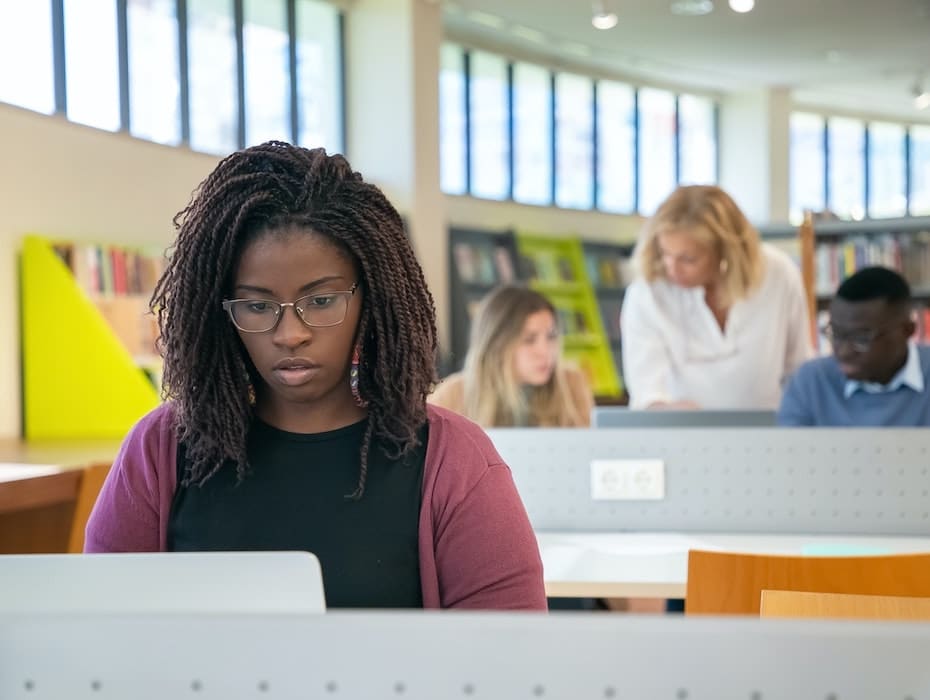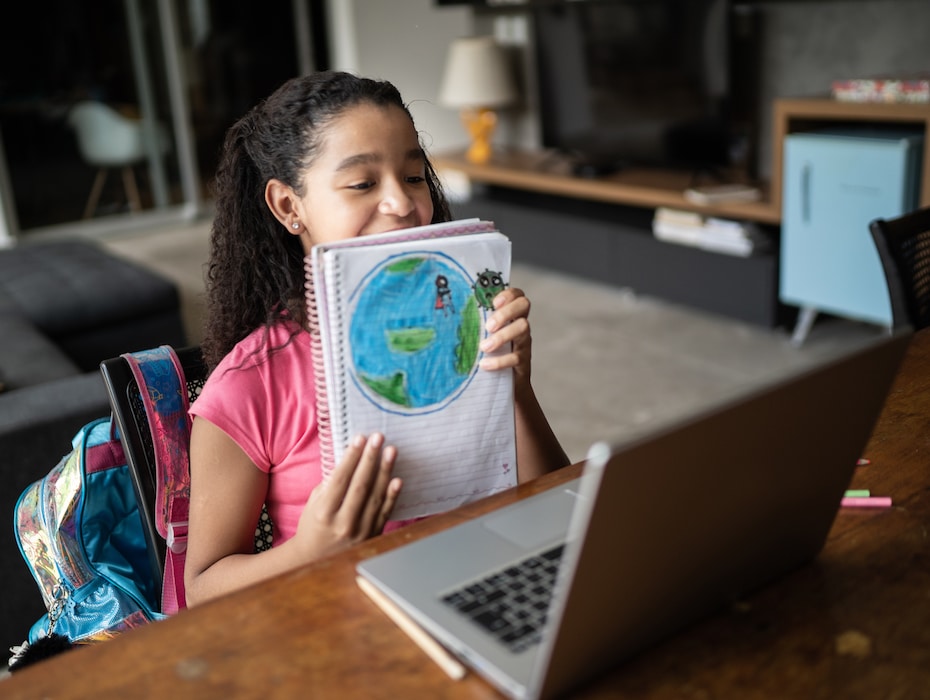Highlights
This article discusses the following topics and best practices for student communication literacy:
- Surveying the most popular methods of communication
- Goals and purposes for each method
- Safe-sharing practices online
- The role of critical-thinking
- Plagiarism and respect for the work of others
- Balancing digital literacy with interpersonal skills
- Applying the “Golden Rule” in a digital landscape
👩🏫 💻 📚 Need a refresher on virtual learning best practices? Grab our eBook for tips, techniques, and tools.
Teaching students communication literacy is a significant challenge for teachers in an increasingly digital-centered world. Digital-native students are often more accustomed to navigating a device at an early age than they are to holding a conversation with peers or adults.
Despite the critical role technology plays in the modern world, the ability to communicate well and navigate socially remains vital to personal and professional success. Technology can help expand opportunities for socialization if students understand how to leverage it effectively.
Best practices for student communication literacy
The following is a look at some of the best practices for teachers looking to instill communication literacy in their students.
1. Survey popular modes of communication
One of the best places to begin with instruction on communication literacy is an overview of the most common modes of communication. Explain each method, including the role it plays in communication, the advantages it offers relative to other methods, and jobs that may use a particular mode often.
The following is a comprehensive list of communication methods that students should get to know:
- Face-to-face or In-person
- Social media
- Web chat and chat rooms
- Instant messaging
- Discussion forums
- Live-streaming
- Blogs and vlogs
2. Discuss objectives of various communication purposes
Students may wonder why there are so many different platforms for communication, particularly in the digital world. Some of the methods identified are likely more familiar to your students than others.
For each of the communication types, discuss why people use them. Explain to students the differences between common personal uses of these communication platforms and professional uses.
3. Emphasize safe sharing practices
Safe sharing habits are one of the most important lessons for students in communication literacy. While the diverse platforms offer many opportunities for students to communicate with people anywhere in the world, that power also comes with risk.
In particular, students need to know that information that they share online lives on, in contrast to information they share interpersonally. Therefore, it is important that students understand the types of information that should remain private and that they should never share online, or at least not with someone they don’t know and trust. Teach students about privacy settings on devices and what these settings help control. Avoiding interactions with strangers online is similar to the message “Don’t open the door for strangers” that parents often give kids.

4. Combine communication literacy with critical thinking
Critical thinking skills have a natural relationship with communication literacy. Students have a plethora of information to remember about safe and effective communication practices. Dynamic situations dictate which communication methods are best, and what types of information students should share. Additionally, students need to understand how to apply proper social skills in a digital setting.
Problem-solving practice, such as scenario activities, helps students learn to think through circumstances and apply what they have learned.
5. Address issues with plagiarism and idea stealing
Written communication skills are a part of a holistic view of communication literacy as well. Older students need to learn about concepts such as copyright, plagiarism, idea stealing, and other common pitfalls they face when preparing researched assignments.
Students do not always understand the importance of originality and respect for the work of others in the digital arena.
6. Balance digital literacy with interpersonal communication instruction
One of the most important things to remember about communication literacy is that interpersonal skills have not lost value. In fact, strong interpersonal skills give students an even greater competitive edge in the digital-centric world. Interpersonal communication skills are still sought-after by employers across many industries and professions.
7. Establish the importance of a humanistic view of digital counterparts
One of the biggest challenges we face in digital communication is a tendency to forget that there is a real person with emotions and thoughts on the other end of a cyber-connection. Messages sent in a digital mode endure. Emails are saved, chats are stored, and social posts are screenshotted. For these reasons, it is harder to undo damage caused by something said online.
The following suggestions can help students contemplate the importance of evergreen communication methods:
- Don’t send emotional messages: Although it is sometimes tempting to write and deliver an angry message to someone, the next morning you will likely feel regret.
- Apply the “Golden Rule”: Digital platforms, and social media in particular, are notorious for people posting vile, offensive, abusive, and otherwise improper messages under the cover of anonymity, or at least geographic distance. Don’t “say” something online you wouldn’t say in person.
- Proofread and review important messages: Digital communication leads many students to write in shorthand form. However, when sending emails or other messages to teachers, employers, or other professionals, proper writing is still viewed as a sign of an educated person with effective written communication skills.
RingCentral supports digital communication literacy
Despite the challenges, communication literacy has never been more important for students to learn than it is today. Applying these best practices improves your chances of achieving success, while also making learning fun. Students will learn to communicate and socialize utilizing all tools at their disposal but in a safe and healthy manner.
Institutions can set a good example by optimizing their own communications systems. A comprehensive cloud-based solution allows educators to collaborate more effectively using all popular communication channels. It also gives you tools for enhancing communication with your students, which simultaneously offers a practical demonstration of communication literacy.
RingCentral offers a dedicated cloud-based communications solution for the educational sector. See how it works and discover why cloud-based communications solutions are the standard in innovative educational institutions.
Originally published Jun 03, 2022





